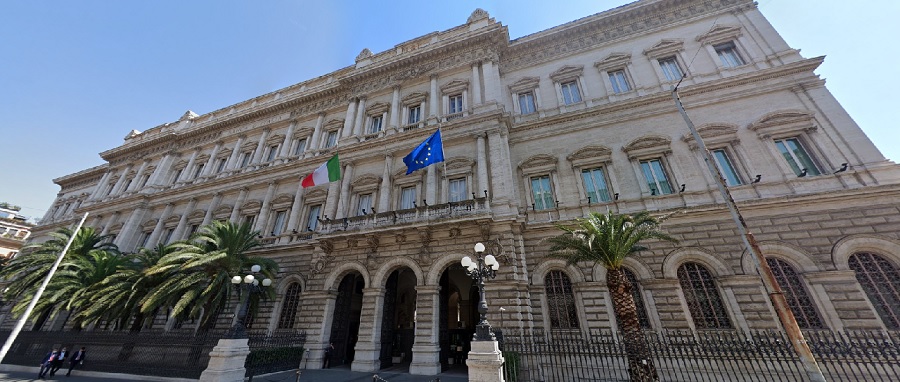In the future, your tweets could help determine what your country’s central bank does. According to Reuters, the Bank of Italy – the country’s central bank – recently experimented with using Twitter to track people’s expectations of whether prices would rise or fall. And to no surprise of long-time social media veterans, it turned out to be pretty accurate.
What bank researchers did was collect and sift through a whole bunch of tweets from a certain time period (June 2013 to December 2019), looking for pre-selected words related to inflation, prices, and price dynamics. Examples of these words might be “bargain price” (meaning, prices are falling) or “very high price” (meaning, prices are rising).
“The fact that economic agents talk about expensive bills should reflect expectations of higher inflation. On the other hand, people discussing declining oil prices should correspond to expectations of lower inflation,” bank researchers said in a report on the experiment.

So, to get an overall feel about how consumers feel about prices, researchers simply measured the difference between the amount of tweets indicating rising prices and the amount of tweets indicating falling prices. Simple, right? Researchers are also banking on the notion that when more people talk about something, that view or belief tends to spread.
In the end, researchers found that their tweet-based indicators matched inflation figures and price expectation data produced by Italy’s national statistics office, financial markets, and other forecasters. Tweet-based indicators were just as accurate, but also provided more precise detail and in real-time too.
The researchers, of course, said that more study is necessary, but it’s still a very cool development. Remember that a good chunk of economic statistics are gathered through surveys, and what is social media but one long, unending survey?
(Source: Reuters, Bank of Italy. Text Image: Google Earth)
Follow us on Instagram, Facebook, Twitter or Telegram for more updates and breaking news.



